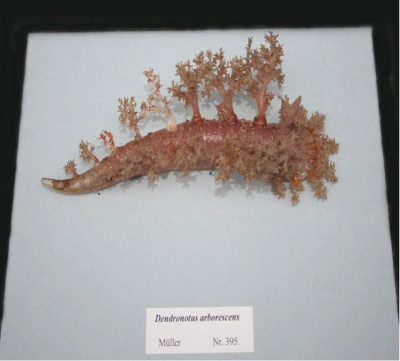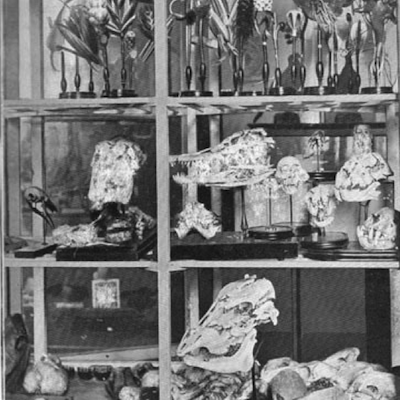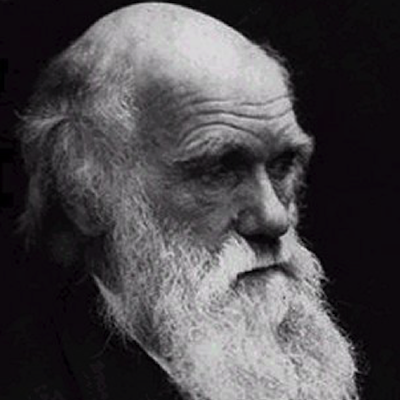-
Courses

Courses
Choosing a course is one of the most important decisions you'll ever make! View our courses and see what our students and lecturers have to say about the courses you are interested in at the links below.
-
University Life

University Life
Each year more than 4,000 choose University of Galway as their University of choice. Find out what life at University of Galway is all about here.
-
About University of Galway

About University of Galway
Since 1845, University of Galway has been sharing the highest quality teaching and research with Ireland and the world. Find out what makes our University so special – from our distinguished history to the latest news and campus developments.
-
Colleges & Schools

Colleges & Schools
University of Galway has earned international recognition as a research-led university with a commitment to top quality teaching across a range of key areas of expertise.
-
Research & Innovation

Research & Innovation
University of Galway’s vibrant research community take on some of the most pressing challenges of our times.
-
Business & Industry

Guiding Breakthrough Research at University of Galway
We explore and facilitate commercial opportunities for the research community at University of Galway, as well as facilitating industry partnership.
-
Alumni & Friends

Alumni & Friends
There are 128,000 University of Galway alumni worldwide. Stay connected to your alumni community! Join our social networks and update your details online.
-
Community Engagement

Community Engagement
At University of Galway, we believe that the best learning takes place when you apply what you learn in a real world context. That's why many of our courses include work placements or community projects.
Blashka Models
Exquisite, anatomically accurate, glass models
 The Zoology and Marine Biology Museum has approximately 100 glass models of animals that have recently been restored. The models were acquired in the late 1800s by Professor R.J. Anderson. They consist of beautiful representations of marine life including delicate sea anemones and radiolarians, intricate nudibranchs (illustrated) and many complex models of dissected animals such as that of the cuttlefish Sepia officinalis.
The Zoology and Marine Biology Museum has approximately 100 glass models of animals that have recently been restored. The models were acquired in the late 1800s by Professor R.J. Anderson. They consist of beautiful representations of marine life including delicate sea anemones and radiolarians, intricate nudibranchs (illustrated) and many complex models of dissected animals such as that of the cuttlefish Sepia officinalis.
The beautiful models were produced by father-and-son team Leopold and Rudolph Blaschka. The Blaschkas came from a family of glass craftsmen that originated in 15 th century Venice. Initially, the Blaschka family made a living from manufacturing jewellery, scientific apparatus and glass eyes. However, when Leopold moved to Dresden, Germany in 1863, he was brought into contact with the director of the local natural history museum, where his plant models were exhibited. Thus he began a sideline producing natural history models, and was eventually joined by his son Rudolph. In total, the Blaschkas produced intricate glass models for a period spanning over 70 years in the late 19 th and early 20 th century.
The Blaschkas are best known for the collection of glass flowers that they produced for Harvard University, a collection that included approximately 850 life-size plants and 3,000 enlarged flowers. In recent years, however, the Blaschka’s earlier work, glass models of marine life, has attracted more attention. These models were originally based on zoological illustrations of the time, which led to some mistakes in accurate reproduction of specimens. Learning from this, they later based their models on preserved animals, and finally, live animals housed in an aquarium in the Blaschkas’ studio. Reproducing such intricate patterns in glass required a high level of technical skill, and the Blaschkas have been recognised as gifted craftsmen. The scientific accuracy of the models, combined with the beauty of the coloured glass, makes the models very valuable to natural history museums.


















